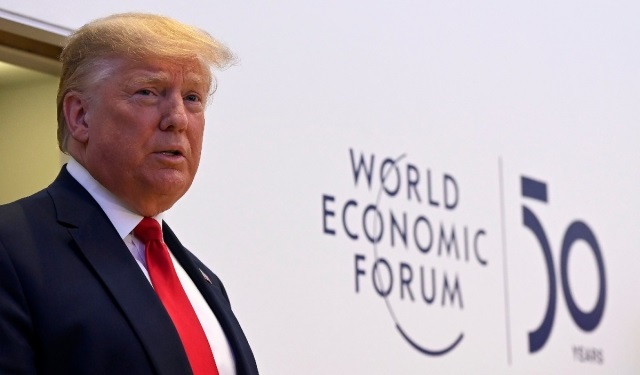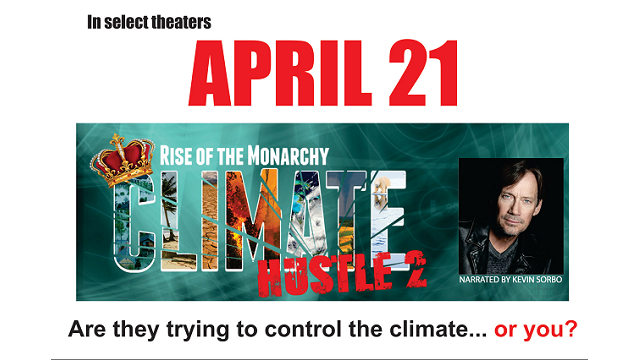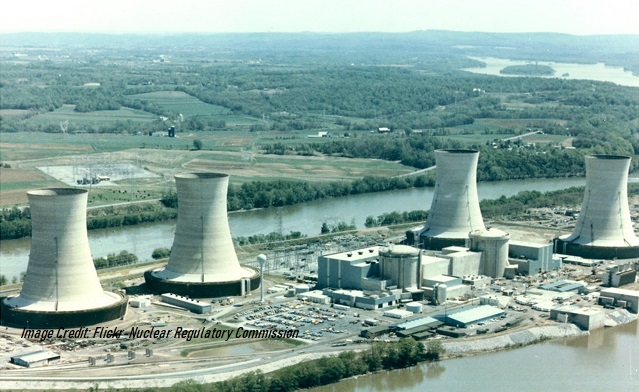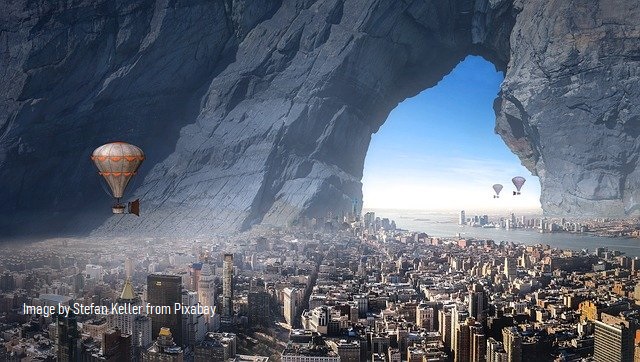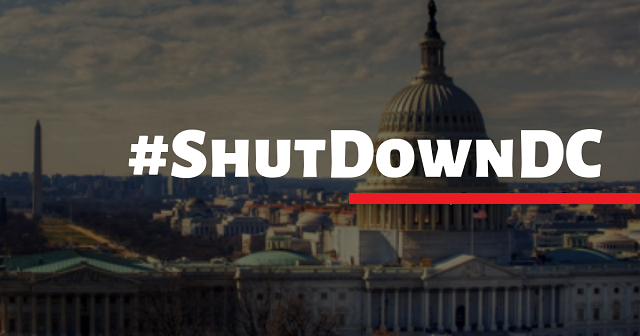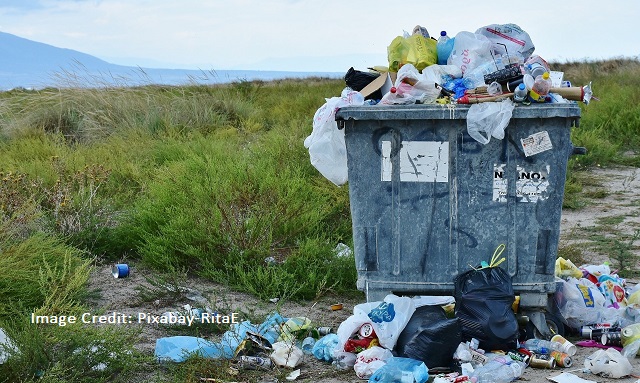
All recycling in history, in all its innovative variants—and at levels from individual scrap collectors to energy-conserving industries—had been economic. What happened?
Recycling was one of those great ideas of the 1970s, right?
One of the first great movements to save the earth from resource depletion and the land and sea from human refuse?
Who could even imagine, now, a modern nation without recycling bins, recycling plants, and yogurt containers made with recycled materials? And everybody, always, sorting what used to be called their “garbage,” now their “recyclables,” to participate in the eternal renewal of earth’s resources?
Environmentalists and, as always, the media—and governments eager for a new job—used every resource of propaganda to plant the idea that recycling was just good terrestrial citizenship.
And inseparable from the parable was that anything this important had to be a matter of law, the responsibility of government. Recycling was so good that people had to be forced to do it. We needed new laws at every level of government. The private actions of private citizens, business, and industry could not be relied on—not without coercion.
Recycling Had Always Been Part of the Economy
In fact, of course, arguments for recycling can be found in the writings of Plato, according to no less a source than Wikipedia. Athens launched the first known municipal dump program in the Western world, with laws requiring citizens to dispose of their waste at least a mile outside the city walls (no curbside collection). History records every variant of reclaiming trash by people—and, in time, businesses built upon recycling.
For times before records were kept on such matters, archeologists discovered that what was thrown into dumps differed markedly over time. Layers corresponding to periods of economic shortage and hardship tend to be stripped of everything reusable; layers corresponding to periods of economic abundance and plenty are far less picked over.
As the Industrial Revolution took hold in Europe, and goods of all kinds flowed from new factories, mines, and mills—and arrived from around the world on trading ships—entrepreneurs began to develop processes and plants to recycle even rags (rewoven with virgin wool to produce a new material unpretentiously called “shoddy”).
At war with the British Empire in 1776, Americans turned to salvage and reuse both to fight the wars and to stretch out the use of all the manufactured goods they bought from England.
Cities in Europe and then America spawned armies of thousands of scavengers for valued recyclables like iron, aluminum, tin, and copper. In England, in 1865, the new Salvation Army organized them. Railroads went into the sideline of reclaiming iron.
It was during WWI that recycling went into high gear in economies on all sides of the war. In part, it was again individuals and families driven by shortages to reclaim and use refuse; in part, it was collection by individuals, sometimes organized by government, to collect desperately needed war materials. In England and Scotland, grand old iron gates and fences were melted for munitions, shipbuilding, and other weaponry.
A turning point in history was WWII’s huge acceleration of government intervention in virtually every area of life. Perhaps prefiguring the 1960s and 1970s, recycling became a patriotic duty, a war-winning strategy on the home front. Social pressure increased on every hand to reclaim and reuse resources. The U.S. military continues to this day to recycle certain scarce metals, including depleted uranium for artillery shells.
An impetus to nationwide recycling, before it became a parable of salvation of the Earth, was the energy savings to be achieved by recycling metals, paper, and, to a much lesser extent, plastics. Depending on the material, with metals such as aluminum being the best, it requires significantly less energy to produce a useable material by recycling than from the raw ore or other resources. Recycling aluminum uses only 5 percent of the energy required by virgin production. Savings on glass and paper are less but very significant. That made the energy crisis of the 1970s a major motivator for recycling.
All recycling in history, in all its innovative variants—and at levels from individual scrap collectors to energy-conserving industries—had been economic. They had been activities justifiable by economic calculation, for-profit—including wartime scavenging undertaken simply because that was the available economic source of what was needed. There was little or no recycling mandated by law or regulation; all of it simply made economic sense in a given context. As time passed and economies grew, more production meant more refuse. Accordingly, economic forces drove more research and innovation, and recycling grew.
Birth of Twins: The “Limits to Growth” and Mandatory Recycling
The interventionist thrust in the United States, accelerating in the 1960s and 1970s, produced the usual arguments for a government takeover of recycling—because it must become universal and it might not be profitable. A prime ideological justification was supplied by the “limits to growth” movement of the Club of Rome and others, taking advantage of the fear spurred by the energy crisis of 1974 to argue that all necessary natural resources on earth were rapidly depleting. Economies would crash and populations would starve, left cold and in the dark, without drastically curtailing economic growth (translation: rein-in free markets, economic growth, and “consumerism”) … and without urgent, mandated recycling. “Almost overnight, it seemed, recycling was embraced by the public as a kind of all-purpose absolution for our environmental sins,” Popular Mechanics noted in 2008.
Since then, the “limits to growth” movement and its ideology have faded as resources such as oil—but all others, too—have been produced and shown to be available in huge quantities thanks to new technologies such as fracking, new mining technology, and new means of using heretofore wasted resources such as natural gas.
But that has been the triumphant achievement of semi-free markets—succeeding in spite of every obstacle created by regulation—and of the advance of technology. In contrast, the ideological twin of the limits to growth movement—recycling—became the domain predominantly of government and laws. It has therefore been more or less impervious to any “market test” of benefits versus costs. Driven by ideology, the analyses of recycling have been plagued by a “confirmation bias” and by the argument, offered for everything that government does, that “Even if it isn’t profitable, it’s a good thing, and we’ve got to do it.”
Back in 2008, a typical article was like the one in Popular Mechanics, which promised “some real answers” about recycling. It reported:
To resolve the environmental debate … experts have begun to conduct detailed life-cycle analyses on recycled goods, calculating the energy consumed from the moment they’re picked up by recycling trucks until they are processed into brand-new products. When compared with the amount of energy required to send the same goods to landfills or incinerators and make new products from scratch, the results vary dramatically, depending on the material.
But, of course, the whole history of salvage and recycling as a normal economic activity has been guided solely by considerations of costs versus benefits.
In fact, however, the course run by government intervention in recycling was predictable from the outset. Taken out of the context of the market economy, so that economic calculation by prices and profits no longer is possible, the benefits versus the costs of a process as complex as recycling simply cannot be known. Libraries of books and articles have reported studies, arguments pro and con, and the most esoteric efforts to identify “externalities” and make cross-national comparisons, and we know no better today than 50 years ago if recycling is “good” or “bad.”
Core arguments for recycling, such as panic over available landfills, fell by the wayside. According to one calculation, all the garbage produced in the U.S. for the next one thousand years could fit into a landfill 100 yards deep and 35 miles across on each side—not that big (unless you happen to live in the neighborhood). Put another way, it would take another 20 years to run through the landfills the U.S. has already built. So the notion that we’re running out of landfill space—the original impetus for the recycling boom—turns out to have been a red herring.
The Chinese World Dump
What we do know is that the complex admixture of government programs, private contractors, profits and subsidies, media propaganda, and stark realities have now reached the point of collapse. For decades, the economic growth of communist China created a voracious demand for every resource, introduced labor rates a fraction of those in some developed countries, and showed a willingness to accept some pollution and waste as the price of economic growth.
To an extent almost unimaginable, the developed world “recycled” literally billions of tons of waste over decades—metals, plastics, paper, wood—by shipping it to the People’s Republic of China on Chinese ships returning from delivering Chinese goods for sale in developed countries. China accepted it all, paid for it, and used its huge and eager workforce—paid often less than one-tenth of comparable U.S. labor—to transform whatever was in truth recyclable into materials for its industrial-manufacturing-construction powerhouse.
In fact, though, as we now know, somewhere between 30 and 50 percent of what was promiscuously shipped out of the developed economies to be “recycled” was actually dumped by China, as unusable, into landfills and the oceans of Southeast Asia, where it has become a major cause and poster-child of environmentalists as an “island” (sometimes) or a “sea” (sometimes) of floating plastic waste.
Today, we know this in far more detail and know that the developed world never really faced the “economics” of recycling—impossible without the market pricing system. We know it now because, on the first day of 2018, China announced to the world its “National Sword Policy.”
“This Recycling Center (Dump) Now Closed”
No longer would China accept and pay for the hundreds of millions of tons of often unrecyclable trash from the developed world, trash arriving in China so hopelessly mixed, dirty, and loaded with impurities that China was polluting its own country and also its coastal waters. China was finished with this arrangement. Henceforth, “recyclables” shipped to China must be 99.5 percent pure or, to put it another way, limited to one-half of one percent impurities. Plastic imports to China have plummeted 99 percent.
China’s action may have been triggered by the decision of recycling programs to make recycling even easier for households, making a switch from “sort trash” to what is called “single stream.” This hugely increased the number of people recycling—because it wasn’t recycling.
Today, some 25 percent of everything recycling-eager consumers put into recycling bins cannot possibly be recycled by the programs that collect them. For example: food waste, rubber hoses, wire, low-grade plastics—all tossed into bins by over-hopeful recyclers. They waste haulage, jam recycling machinery, contaminate what is valuable, and are dangerous to recycling plant workers. China had been taking all this from the United States for “processing” but actually dumping it—hence the new, aggressive “China Sword” policy. China had handled almost half of the world’s supposedly recyclable waste for at least a quarter of a century.
In the period since China’s dramatic announcement, the developed world’s “recycling” system has fallen apart. In many states and municipalities, trash is still collected in blue recycling bins and carted away, but the media began to break stories like that of The New York Times: “Your Recycling Gets Recycled, Right? Maybe or Maybe Not.”
Or Stanford Magazine: “How Much of Recycling Actually Gets Recycled?”
Or The Guardian: “’Plastic Recycling Is a Myth’: What Really Happens to Your Plastic?”
Or Forbes: “These Three Plastic Recycling Myths Will Blow Your Mind.”
Or Wired: “The World’s Recycling Is in Chaos. What Has to Happen?”
Recycled trash was still being collected, including plastics—among the most problematic, least profitable materials to recycle—but they were being dumped in landfills, like in the old days, or they were being sent to incinerators. Wired reported:
Globally, more plastics are now ending up in landfills, incinerators, or likely littering the environment as rising costs to haul away recyclable materials increasingly render the practice unprofitable. In England, more than half a million more tons of plastics and other household garbage were burned last year.
The Australian news show 60 Minutes lamented in April of this year: “When you throw this stuff in your recycle bin at home you might like to think again …” Australia alone has unloaded some 71,000 tons of plastic in Malaysia in just the past year. There, the mountains of plastic waste tend to end up in illegal processing facilities and junkyards.
The European Union has invested vast sums in recycling plants of all kinds, and in the EU (of course), recycling is the most intense in the world, with the strictest legal mandates. But EU countries are shipping the bales of “recycled” waste that used to go to China to Malaysia, Thailand, South Korea, and other Southeast Asian nations—who were willing to buy it, even if China was not? Recent reports are that some countries are being paid to take it, and, since it can’t really be recycled, dumping it in the ocean.
And So Intervention Comes Full (Re)cycle
Government takes over an economic activity deemed “in the national interest.” It is too important to be left to private economic activity and the market—as it had been throughout history. Government codifies the activity into law and regulation. At first, it seems to work all right, and, after all, is a “very good thing.” Initial claims are that its economic benefits are evident and extraordinary.
Then, some remnant of critical thinking catches up with the propaganda. Arguments fly back and forth with recycling bins full of statistics and increasingly complex considerations. There are studies and experiments, but mostly, lots of theories until it becomes obvious that there is no means by which the benefits actually can be compared with the costs. Without the economic calculation that is fundamental to the market—the radically decentralized decisions and economic exchanges of hundreds of millions of individuals reckoning their own costs and profits—it is impossible to determine if resources are being used optimally to satisfy needs and wants.
And then, at some point, the government system is revealed to be unworkable. For example, it stakes everything on a single short-term strategy that cannot be expected to continue—and abruptly fails. No alternatives, no choices, are in place.
What supposedly had been a “system” is revealed as a series of makeshifts—now increasingly desperate. No one had thought about what might happen next because the “mind” of government had dictated a single answer.
Where do we go from here? The inevitable course of government is that when it fails, either the “free” market is blamed or the terms of debate are abruptly and arbitrarily switched.
In our time, the left’s quest to justify government command and control of the economy—a fascist variant of socialism—has shifted the grounds of its entire argument to the “crisis” of long-term climate change. No surprise: the argument for recycling is mutating before our eyes, from the broken “limits to growth” argument to the new climate change arguments.
Who would have guessed back in the 1970s that we were recycling to control the long-term surface temperature of the planet?
This article was reprinted with permission from The Savvy Street.
COLUMN BY
Walter Donway was a program officer for the Commonwealth Fund, a New York City foundation supporting biomedical research. He was program officer for the Dana Foundation and editor of “Cerebrum: The Dana Forum on Brain Science.” With David Kelly, he was involved in founding what is now known as the “Atlas Society.” His most recent books are Not Half Free: The Myth that American is Capitalist and Donald Trump and His Enemies: How the Media Put Trump in Office.
EDITORS NOTE: This FEE column is republished with permission. © All rights reserved.

![]()





